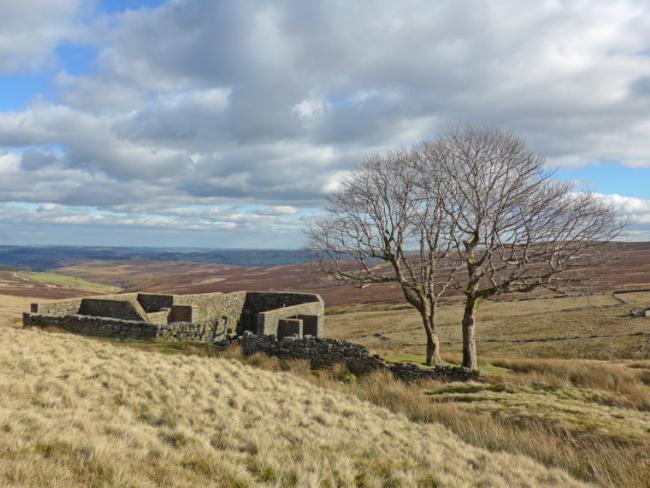10 April 2024

Across Britain the number of onshore windfarms is proliferating – more and larger turbines are being built and planned, seemingly without anything to stop them.
Until recently there were some restraints in that people could object through the planning process. But that’s all changing due to the efforts of parliamentary politicians in Westminster, Cardiff and Edinburgh in pursuit of net zero targets. And they are in thrall to the energy companies and developers who see only profit.
Ignoring objections
The Welsh government is promoting large scale wind farm development. Its policy is to override and ignore local objections, but opposition is mounting.
In Scotland the government, which is against any new oil or gas exploitation, is already committed to giant onshore windfarms. Many onshore wind farms have been built – they are the largest component of generating capacity. Many more are in development – again with ever larger turbines.
‘There is a presumption of approval for onshore wind power.’
In England there was almost no new onshore wind development. But that is about to change after planning law for England was altered by the UK government last September. Now, as in the devolved regions, there is a presumption of approval for onshore wind development.
There’s a nod to community support in these changes for England, but it has yet to be seen if the result is any different than is the case for Wales and Scotland.
Giant scale
One of the first new developments is the proposed Calderdale Wind Farm in West Yorkshire. And like other new projects it’s on a giant scale – 65 turbines each up to 200 metres tall. A local group, Stop Calderdale Wind Farm, is organising to challenge the case for this development in an area of great landscape, environmental and cultural value.
Labour Party leader Keir Starmer has pledged to more than double onshore wind in England from 15 GW now to 35 GW by 2030. He also plans to more than triple solar farms to 50 GW.
Net zero drive
The onshore wind power increase would mean up to 3,000 large new wind turbines. Rachel Reeves said at the Labour Party conference that a Labour government would be “for the builders not the blockers” in the drive for net-zero.
Bizarrely Reeves also tried what amounts to a bribe with a suggestion that in exchange for not objecting to wind turbines or a row of pylons people would get hard cash in the form of cheaper energy. This may be quietly dropped later if other Labour proposals are anything to go by.
Equivocal policy
Labour’s policy on oil and gas exploration is equivocal too. From outright opposition pronounced last May, Starmer backtracked a few months later to say that already approved projects would go ahead if Labour took power. But their latest announcements on a windfall tax seem designed to halt fresh exploration and even exploitation of current sites.
All parliamentary parties see opposition or even questioning about onshore wind power as “blockers” and an inconvenience to net zero dogma. Things are unlikely to change after the general election unless there is widespread opposition to this compulsion and a demand to focus on energy security and supply.
